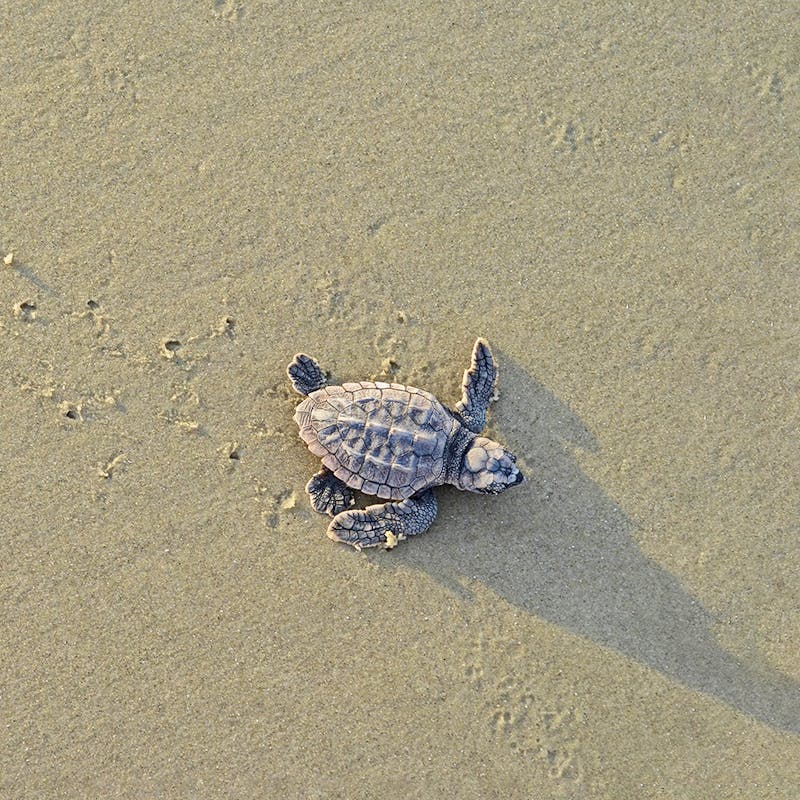The Endangered Species Act (ESA) is considered one of the strongest laws in the world for protecting wildlife, and for good reason. Take sea turtles, for example: The ESA requires the creation of a plan for sea turtle recovery, provides protections for their critical habitat, and protects them from harassment and harm. All of these requirements can help in the fight to protect imperiled wildlife like sea turtles and make sure they have the best shot at recovery…if all parts of the ESA work as designed. Monitoring is essential to ensure that the ESA is being followed.
One of our projects here at CCI is to look at how well sea turtles are being protected against actions like coastal development that could jeopardize their existence or adversely modify their critical habitat. Protections from potentially damaging actions are provided by section 7 of the ESA; this section directs any federal agencies undertaking a potentially damaging project to consult with the two services that implement the ESA (the U.S. Fish and Wildlife Service and the National Marine Fisheries Service) to ensure as little harm comes to listed species as possible. The Services will either allow projects to continue or require changes to make the project more species-friendly. The vast majority of projects are allowed to go through (Malcom and Li 2015) with only minor changes prescribed. These minor changes are called “Reasonable and Prudent Measures,” or RPMs. For sea turtles, RPMs include things like:
- Installing beach-friendly lighting so baby turtles don’t accidentally crawl toward construction lights and away from the ocean
- Using beach-quality sand that’s suitable for sea turtle nesting and hatchling emergence
The Services typically give a list of these RPMs to the federal agency and assumes two things: that the agency are follows those measures, and that the measures actually work to help species. But in reading through over 130 of these consultations for sea turtles we noticed the same RPMs were being prescribed to actions over and over again, even though there was little data on whether they worked or even if the agencies were implementing them (Evansen et al. 2017).
That’s why monitoring is another important part of how the ESA protects imperiled species. To make sure the ESA is able to prevent extinction and recover species, monitoring agency actions is key. Without monitoring to see if agencies are implementing RPMs, or if these measures are actually benefiting the species, we have no way of knowing how well RPMs are working. This lack of monitoring for compliance and effectiveness means we could be leaving sea turtles and other imperiled wildlife open to highly damaging actions and allowing agencies to break the ESA without consequences.
There is currently no policy that directs the Services how to monitor agency compliance or RPM effectiveness, and no handbook that helps Service biologists know what kind of data to collect or how to share and organize it. With a dedicated policy or handbook for the Service biologists to follow, we can help ensure that the ESA functions as intended. This can help us determine which mitigation efforts work best for listed species like sea turtles. The ESA is only the strongest wildlife law in the world if we ensure that it is being followed. Monitoring can go a long way toward ensuring that strength and pushing imperiled wildlife like sea turtles toward recovery.









Follow Defenders of Wildlife
facebook bluesky twitter instagram youtube tiktok threads linkedin